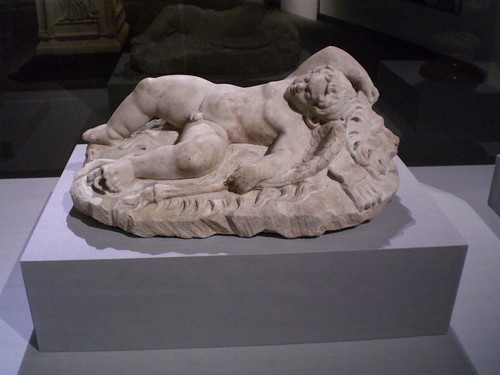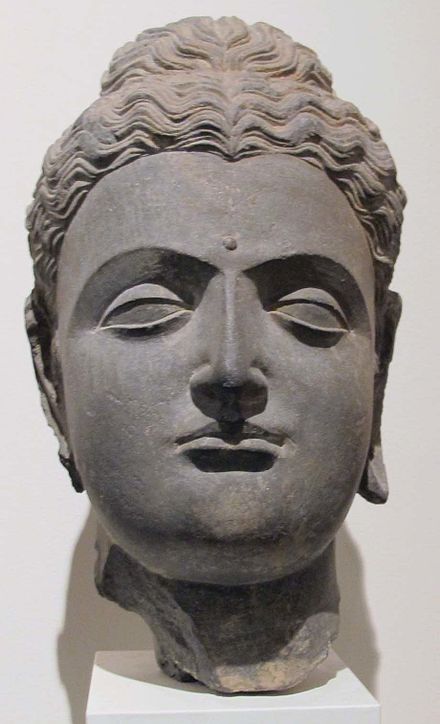Self, Self-consciousness, love, pride, fear, science, ethics, which are the origins of all these feelings that we describe as unique properties of humankind and that drive our behaviour?
The Origins
Why does a living organism need information and what kind of information about its environment?
Competition for limited resources
Mors tua, vita mea
The molecules of happiness?
Proopiomelanocortin is a polypeptide with 241 amino acid residues, precursor of some pituitary hormones.

Its availability as a protein depends on a diet with an adequate amount of proteins. A protein-poor diet will prevent an active and successful life.
Upon activation of POMC degradation, a set of fragments is produced, with different functions
The release of any of the fragments (eg ACTH) will increase also the release of the other peptides (alpha-MSH, beta-Endorphin etc)
Eg: Sun exposure increases MSH release but also endorphins (pleasure). Alternatively, pleasant activity can induce tanning without sun.
Note: Melanocyte-stimulating hormone alpha and beta-endorphin are stored in separate granules in hypothalamic POMC neurons, suggesting that secretion may be under the control of different regulatory mechanisms.
Corticotropin: Stimulates the adrenal glands to release cortisol.
Melanocyte-stimulating hormone alpha: Anorexigenic peptide. Increases the pigmentation of skin by increasing melanin production in melanocytes.
Melanocyte-stimulating hormone beta: Increases the pigmentation of skin by increasing melanin production in melanocytes.
Beta-endorphin: Endogenous orexigenic opiate
Met-enkephalin: Endogenous opiate.
Which effect of Beta-endorphin on behavior?
A statue out of my collections: A sleeping child, very peculiar (and very heavy, 100×60x45 cm))

Gandhara II-III secolo ?? Schist
The model derives from the sleeping eros of Hellenistic culture, but now it is more ascetic, it no longer remembers a love affair, but the quietness of the meditation.

Fine-grained white marble, Mid-2nd century
On display at the Houston Museum of Natural Science.
It is more similar to Buddha than to Eros
Greco-Buddhist representation of Buddha, Gandhara, 1st-2nd century AD.

In both cases apparently, the surrounding world is not existing, they concentrated on their inner feelings.
Which molecules grants me this feeling? Endorphins.
Men discovered centuries ago that opium could mimic this feeling of insensitivity to life troubles.
The Gandhara culture developed in today Afghanistan.
In the past 2000 year two different approaches to life troubles developed:
1) cultivate and sell opium; getting money and wars.
2) meditate and make sex to self-produce endorphins (look at later sculptures engulfing all the Indian temples)
Nobody knew until a few tenths of years ago about endorphins... but they managed to produce and get them.
from the past to now
During my medical practice, I met a young girl (around 15) that at birth experienced hydrocephalus with endocranic hypertension and some ill-defined modification of the behavior.
She was sitting in front of me looking at me and her mother with a kind of sense of superiority. Why do you waste your time speaking about me? I am quiet and satisfied. Why worry about me?
Her satisfied but amimic face remembered me of my little sleeping Buddha.
The only anomalous blood test she had was high serum prolactin.
I bet with the mother: she surely has a very high production of endogenous endorphins, independent of a successful struggle with life, the only way for us, common people, to get endorphins.
We went through the medical literature, and I was right.
esempio